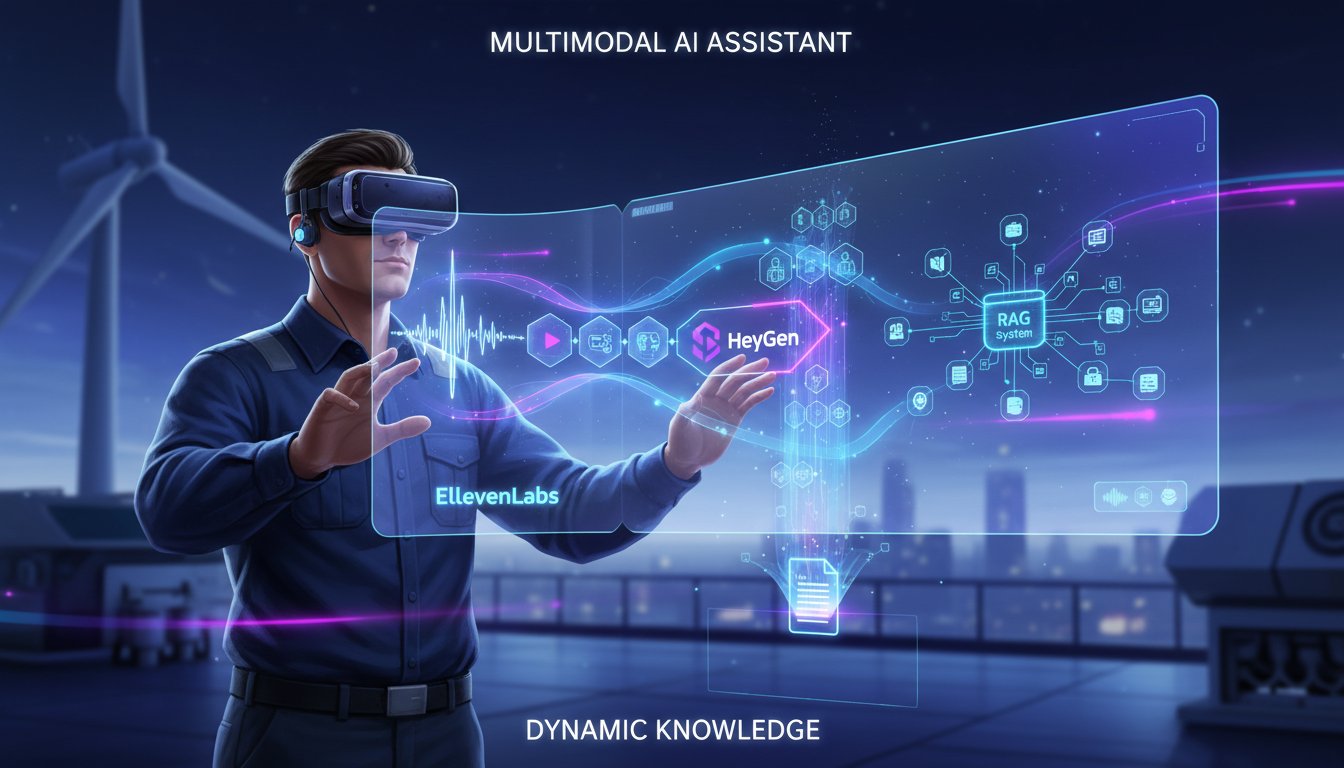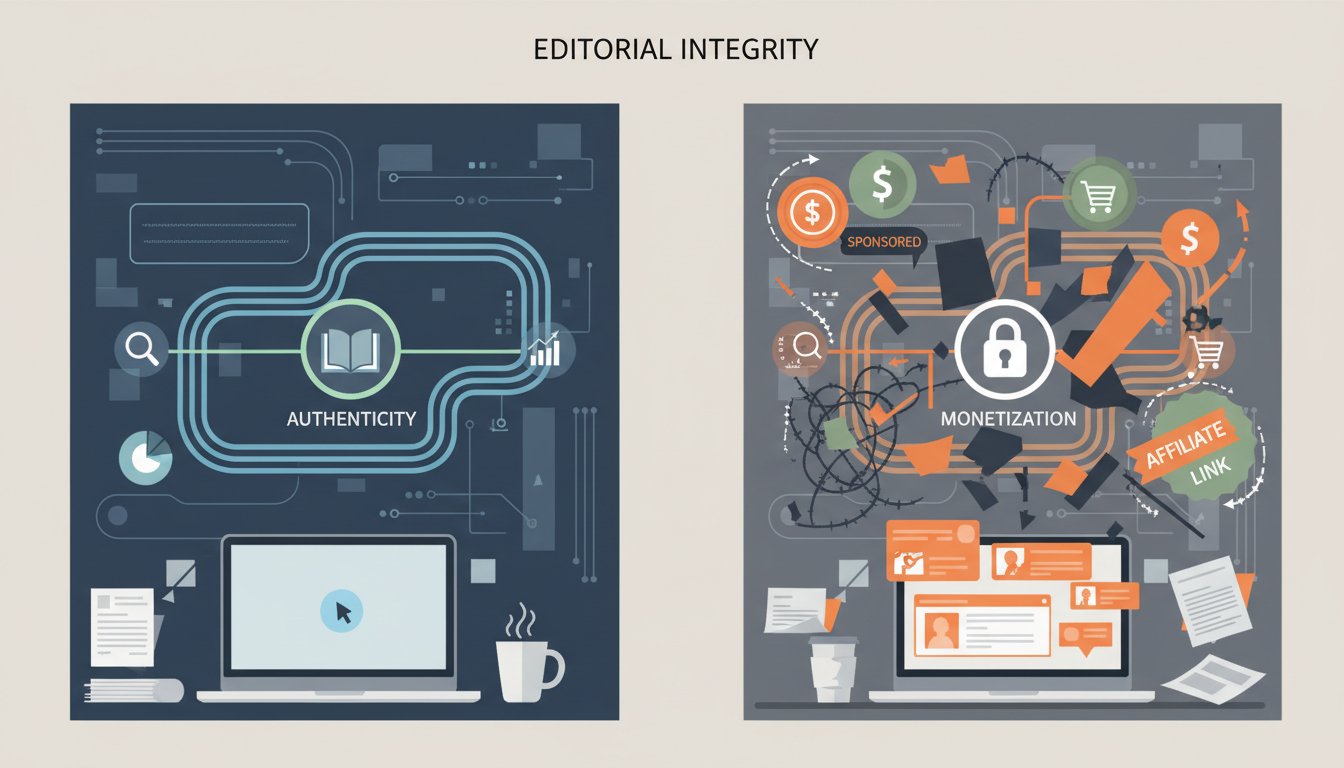Yann LeCun’s Harsh Truth: Is Scaling AI the Wrong Approach for RAG?
The AI scaling delusion?
Imagine you’re trying to build the ultimate search engine. You pour in more data, add more layers to your neural network, and crank up the processing power. Sounds like a recipe for success, right? Not according to Yann LeCun, Meta’s AI guru. He argues that simply scaling AI models isn’t the path to true intelligence, and this has profound implications for Retrieval Augmented Generation (RAG) systems.
But if scaling isn’t the answer, what is? In this blog post, we’ll dive into LeCun’s argument, explore the challenges of scaling RAG systems, and uncover alternative approaches that might just revolutionize how we build these systems.
What’s wrong with just Scaling RAG?
The Limits of Brute Force
LeCun’s core argument is that intelligence isn’t just about processing power or data volume. It’s about learning in a fundamentally different way. Think of a child learning to ride a bike. They don’t just watch millions of videos of other people riding; they get on the bike, fall down, and gradually learn through trial and error.
Scaling AI, according to LeCun, is like trying to teach a child to ride a bike by showing them more and more videos. It might improve their understanding to some extent, but it won’t replace the need for real-world experience. This is echoed in the RAG world, as you scale, the cost of managing data quality increases.
RAG’s Scaling Challenges
RAG systems, which combine pre-trained language models with external knowledge sources, face similar challenges. While scaling the language model can improve its ability to generate text, it doesn’t necessarily improve its ability to retrieve relevant information or reason about it effectively. According to the original article, scaling AI is not the only thing that matters, smarter AI requires different training methods.
Here are some common problems with scaling RAG:
- Hallucinations: Larger models can sometimes generate confident but incorrect information. This is known as “hallucination.”
- Data quality: Garbage in, garbage out. Feeding a larger model poor-quality data won’t magically make it smarter.
- Computational Cost: Training and deploying massive models is expensive, both in terms of money and environmental impact.
Alternative Approaches to Elevate RAG
So, if scaling isn’t the holy grail, what are the alternative approaches to improving RAG systems? Here are a few promising directions:
- Better Training Data: Focus on curating high-quality, diverse datasets that cover a wide range of topics and perspectives.
- Novel Architectures: Explore new neural network architectures that are better suited for reasoning and knowledge retrieval. Graph Neural Networks, for example, are well-suited for representing and reasoning about relationships between entities.
-
Improved Evaluation Metrics: Develop more robust metrics for evaluating RAG systems that go beyond simple accuracy measures. This might involve measuring the relevance, coherence, and trustworthiness of the generated text.
-
Focusing on data quality: Instead of brute-forcing your way through scaling, make sure the data is consistent and accurate.
The Future of RAG: Beyond Brute Force
Yann LeCun’s perspective challenges the conventional wisdom that scaling is the key to AI progress. While larger models can be impressive, they’re not a substitute for smarter algorithms, better training data, and more robust evaluation methods. By embracing these alternative approaches, we can unlock the true potential of RAG systems and build AI that is not just bigger, but also smarter and more reliable.
Scaling AI, according to LeCun, is like trying to teach a child to ride a bike by showing them more and more videos. It might improve their understanding to some extent, but it won’t replace the need for real-world experience. What real world experience will you apply today to avoid the trap of scaling?




